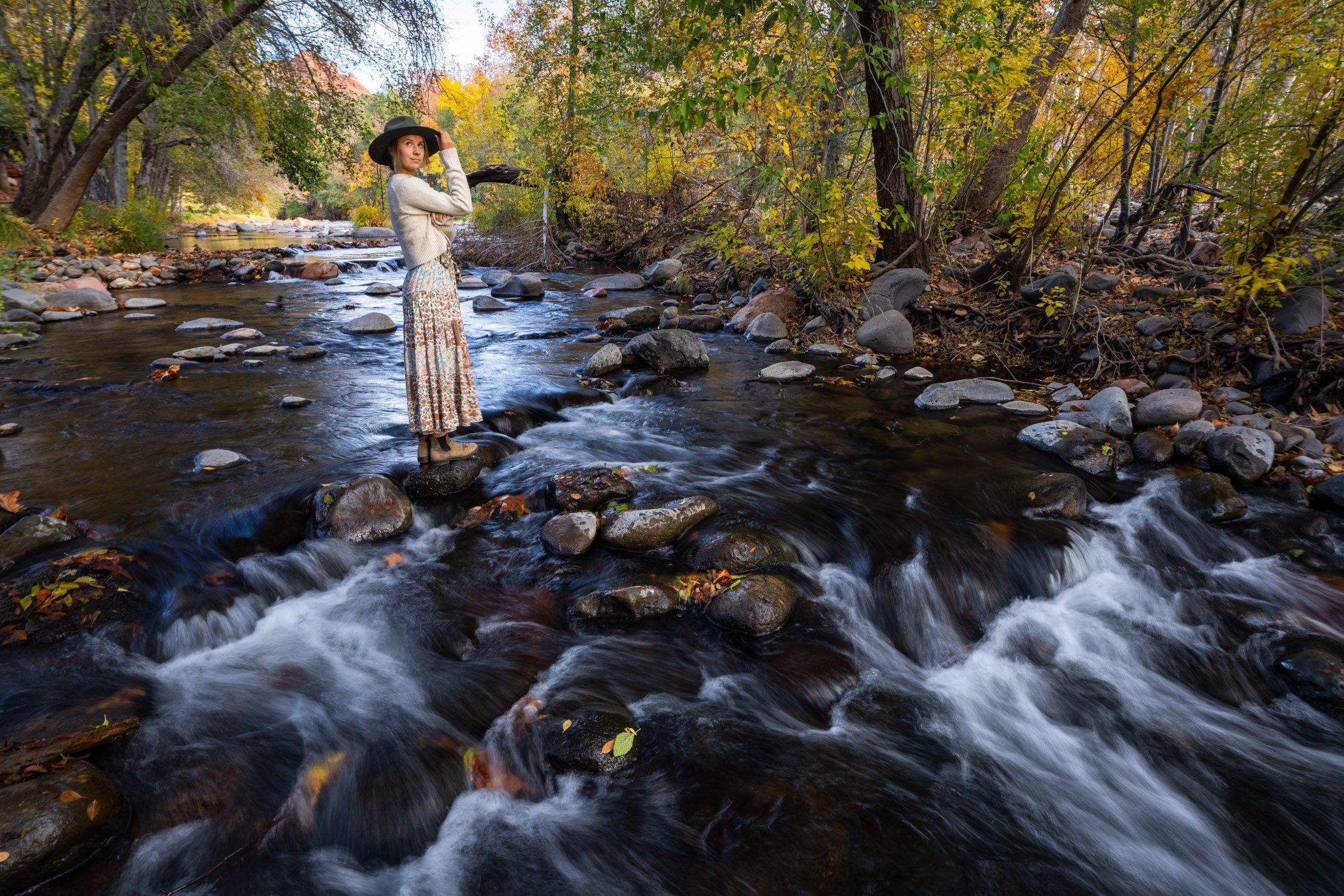12 Pro Tips for Beginner Trail Runners
Trail running offers a thrilling way to combine the benefits of running with the beauty of nature. Unlike road running, trail running challenges you with varied terrain and elevation changes, making each run a unique adventure. For beginners, navigating the trails can be both exciting and intimidating. These 12 pro tips will help you start your trail running journey with confidence, ensuring you enjoy every stride and stay safe on your outdoor runs.
Trail running towards the sunset along the coastal trails of Santa Cruz, CA. Photo by Dalton Johnson
Background:
Trail running has gained popularity as an alternative to traditional road running, offering runners a chance to escape urban environments and connect with nature. With origins rooted in cross-country running and mountain sports, trail running encompasses a variety of terrains, from forest paths to rocky ridges. It combines the physical benefits of running with the mental rewards of outdoor exploration, providing a refreshing and dynamic experience.
12 Pro Tips for Beginner Trail Runners:
1. Start with Easy Trails
As a beginner trail runner, it’s important to start on easy, well-maintained trails. Choose routes with gentle terrain and minimal elevation changes to build your confidence and endurance. Gradually increase the difficulty of your trails as you become more comfortable and skilled. Starting with easier trails allows you to focus on mastering the basics without feeling overwhelmed.
2. Wear Proper Footwear
Trail running requires specialized footwear that provides adequate support and traction. Invest in trail running shoes designed for off-road conditions, which offer better grip and cushioning than road running shoes. Proper footwear helps prevent injuries and enhances your performance on uneven and slippery surfaces. Make sure your shoes fit well and are broken in before tackling longer runs.
3. Focus on Form and Technique
Maintaining proper form and technique is crucial for trail running, especially on uneven terrain. Keep your body upright, engage your core, and use a slight forward lean to maintain balance. Shorten your stride and land on your midfoot to reduce impact and improve stability. Developing good form will help you navigate trails more efficiently and minimize the risk of injury.
4. Stay Hydrated
Proper hydration is essential for trail running, particularly on challenging trails and during longer runs. Carry a hydration pack or bottle and drink regularly throughout your run. Be mindful of weather conditions and adjust your fluid intake accordingly. Staying hydrated helps maintain your energy levels and prevents dehydration, allowing you to perform your best on the trails.
5. Learn to Pace Yourself
Trail running often involves varying terrain and elevation changes, making it important to pace yourself effectively. Start at a comfortable pace and adjust based on the terrain and your level of exertion. Use a run-walk strategy if needed, especially on steep or technical sections. Learning to pace yourself helps you manage your energy and enjoy your run without burning out too quickly.
6. Practice Hill Running
Hills are a common feature of trail running, and practicing hill running can improve your overall performance. Incorporate hill repeats into your training routine to build strength and endurance. Focus on maintaining a steady effort and proper form while running uphill. On downhill sections, lean slightly back and keep your strides short to maintain control and reduce impact.
7. Be Mindful of the Terrain
Trail running requires awareness of the terrain you’re running on. Watch for obstacles such as rocks, roots, and uneven surfaces that can cause tripping or injury. Adjust your stride and foot placement to navigate these obstacles safely. Being mindful of the terrain helps you avoid accidents and enhances your overall trail running experience.
8. Carry Essential Gear
While trail running typically requires less gear than other outdoor activities, carrying some essentials is still important. Bring a small, lightweight pack with items such as a map, first aid kit, whistle, and energy snacks. In case of emergencies or unexpected changes in weather, having essential gear on hand can help ensure your safety and comfort.
9. Follow Trail Etiquette
Respecting trail etiquette helps maintain a positive experience for all trail users. Yield to hikers and other trail runners, especially when running downhill or on narrow paths. Keep noise levels down and avoid disturbing wildlife. By following trail etiquette, you contribute to a friendly and respectful trail environment for everyone to enjoy.
10. Check the Weather
Weather conditions can greatly impact your trail running experience. Check the weather forecast before heading out and prepare for changing conditions. Dress appropriately for the weather and be ready for sudden changes, such as rain or temperature fluctuations. Staying informed about the weather helps you plan your run and stay comfortable on the trails.
11. Use a Trail Running App
Trail running apps can provide valuable information and support for your runs. Many apps offer features such as GPS tracking, route planning, and trail maps. Use these tools to explore new trails, monitor your performance, and stay on track. Trail running apps can enhance your experience and help you make the most of your outdoor runs.
12. Enjoy the Journey
Trail running is as much about the journey as it is about the run itself. Take time to enjoy the natural beauty around you and appreciate the experience of being outdoors. Embrace the challenges and rewards of trail running, and remember that each run is an opportunity for adventure and personal growth.
Trail running along the ridge while linking two Colorado 14ers together. Photo by Dalton Johnson
Trail running offers a unique and exhilarating way to explore the outdoors while staying active. By following these 12 pro tips, you’ll be better prepared to tackle the trails with confidence and enjoy every moment of your runs. Remember, trail running is not just about speed or distance; it’s about embracing the adventure and connecting with nature. So lace up your trail running shoes, hit the trails, and discover the joys of running through the great outdoors.












